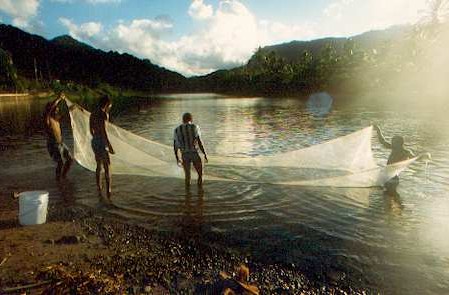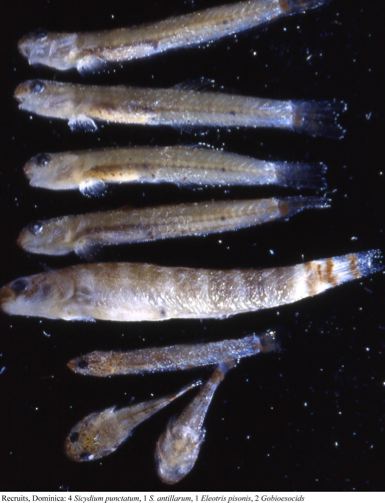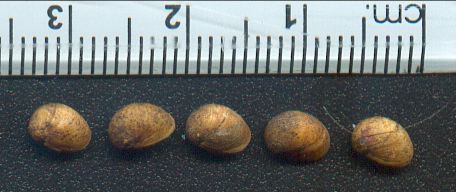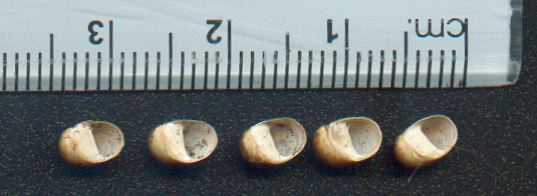Bell main site page || main goby page --- How it started -- Intro -- Larvae -- recruitment
See also the paper "Overview of Goby-Fry Fisheries"
The fish (all recruiting fish species) are commonly called tritri or twitwi or titiwi or titiri in Dominica. This may be a Carib or possibly Arawak word. It was reported by Atwood in 1791 as 'trez-trez'. In Puerto Rico they are called seti (and there is an annual seti festival). In Jamaica the word 'ticky-ticky' probably applies to these also (but perhaps applies to any small fish) -- it has some similarity of sound to 'titiwi'. In the Philippines they are called ipon or hipon (meaning seems to have shifted since the time Manacop (1953) described the words; some use both for shrimps (recruit at the same time).
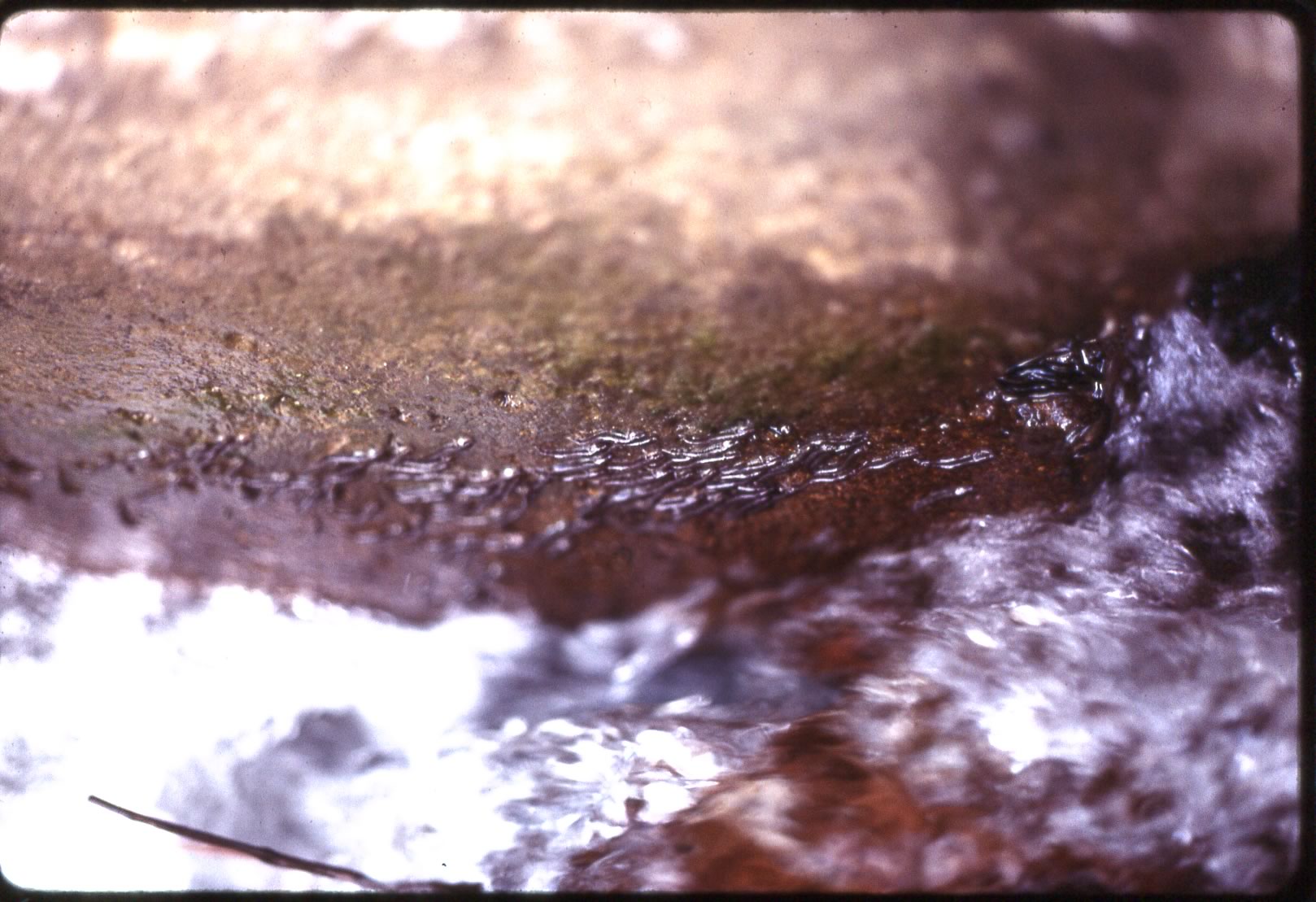 |
<--Recruiting gobies in a fast section of a rocky stream (just below the culvert bridge at stn PHW, the PH Williams Co. sand/cement works on the Canefield River, Dominica 891217). They are inching their way along the splash zone. This probably saves them energy, and they probably wouldn't do this if there were herons etc. about, because they hop back into the water if you move too close. They can, however, swim in this current if they have to: I tried holding a net in the current to the left, and scaring a lot of them to jump into the water, then lifting the net. I expected to get most of them, but I got none of them. It is possible that such burst swimming is only sustainable for a very short time. They can also inch their way, while in contact with a surface, against very strong currents, such as creeping into the outlet of a pump. |
